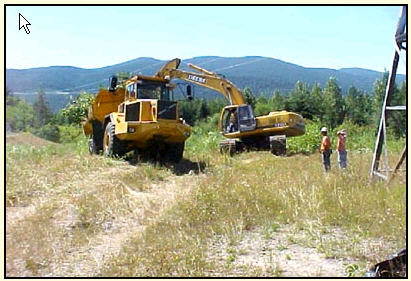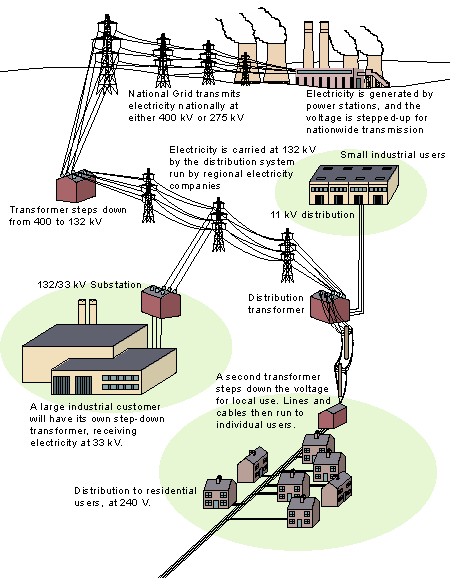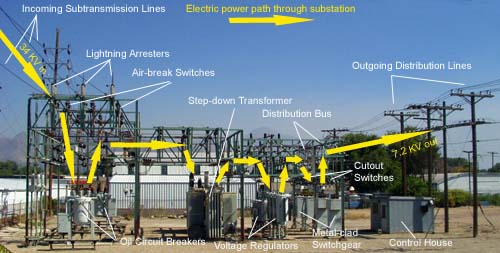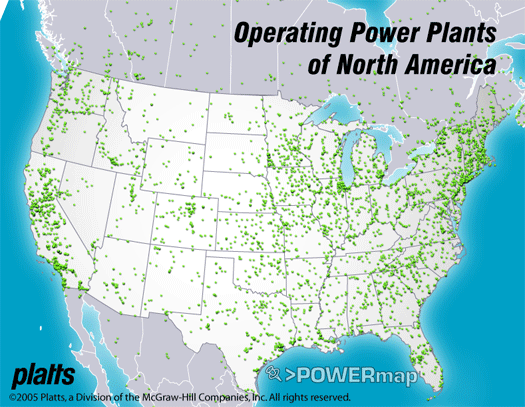
Why do transmission lines carry such high voltages?

Line Construction is a Big Ecological Footprint!

Why do transmission lines carry such high voltages?

Line Construction is a Big Ecological Footprint!
Consider the following hypothetical (and non-physical) situation:

 I = P/V
I = P/V  I =
10000/120 = 83 amps would therefore flow as current through this
120 V distribution system.
I =
10000/120 = 83 amps would therefore flow as current through this
120 V distribution system.
 therefore P/I = I x R or P =I2R
therefore P/I = I x R or P =I2R
 Heat dissipation is energy lost
by the system. This loss is unavoidable!
Heat dissipation is energy lost
by the system. This loss is unavoidable!
 which the consumer would pay for
which the consumer would pay for
Current = Power/Voltage; If we increase V by a factor of 10, then I lowers by a factor of 10 (at constant power) and the power dissipated as heat lowers by a factor of 102.
Hence if we increase 120 Volts to 1200 Volts we have only 69.4 watts of
energy loss and a 99%
energy efficient delivery system  This is why
high voltage (typically 115-230 thousand Volts or kiloVolts) transmission
lines are required to delivery electricity from central generating
sources (e.g. a hydroelectric dam) to consumers/grids hundreds of miles
away.
This is why
high voltage (typically 115-230 thousand Volts or kiloVolts) transmission
lines are required to delivery electricity from central generating
sources (e.g. a hydroelectric dam) to consumers/grids hundreds of miles
away.
But you don't want 115 KV coming into your house:

 Use a Transformer
Use a Transformer
 |
A transformer uses alternating current in one coil to induce alternating current in another. The induced voltage is given by: Vout = Vin x N2/N1 where N1 = Number of coils in the Primary and N2= Number of coils in the secondary. When N2 is less than N1, we reduce Vout. This is why there are transformers on power lines to step the voltage down to 120 Volts by the time it reaches your house. |
|---|
Energy conservation tells us that Power In = Power Out
so
This is why a typical electricity substation is large:

The substation in my neighborhood.


 why the move
to 765 KV has serious cost reductions and reduced losses.
why the move
to 765 KV has serious cost reductions and reduced losses.



So what's the problem.
Higher voltage means stronger
localized electromagentic fields (EMF) which would adversely affect local
biology - if there is any. Currently the most at risk population would be
bats.
Note, 765 KV lines do exist already in the world and in some parts of the US.
The proposal is to build the equivalent of the interstate highway system
with KV transmission because a) its cost effective and b) its needed to export
wind and solar based electricity from remote areas.